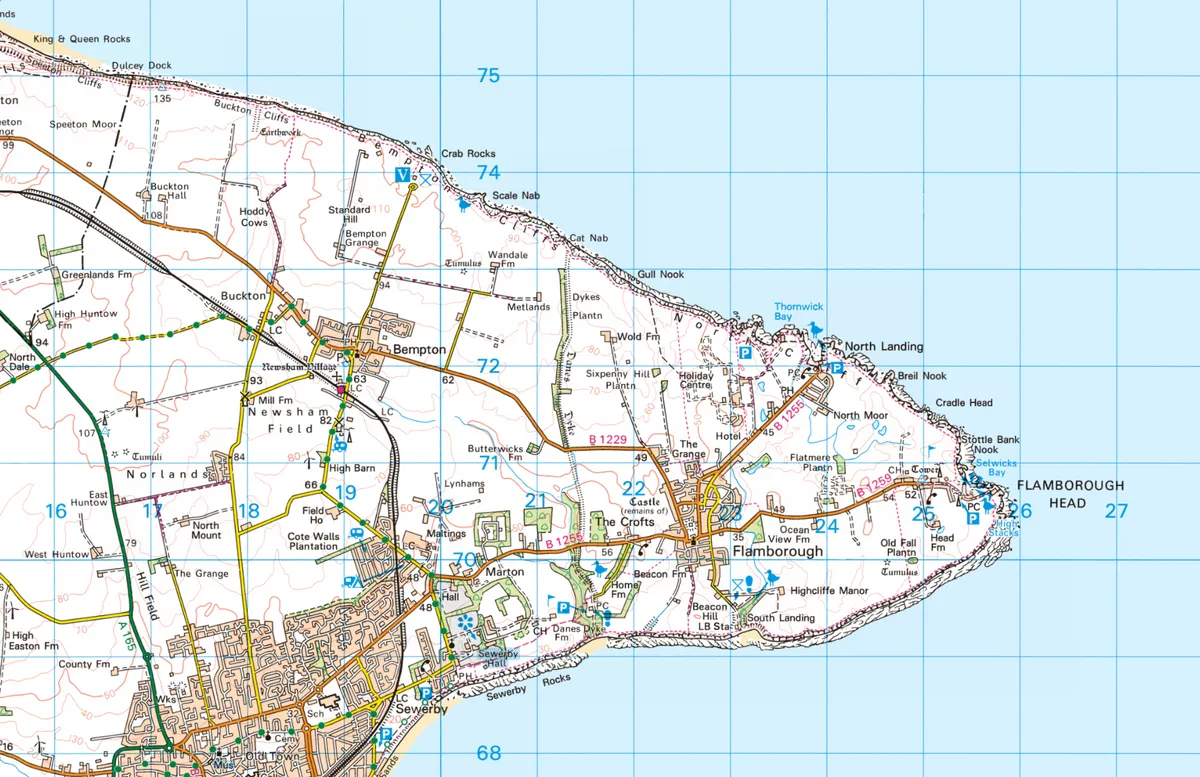Flamborough Head is a Local Nature Reserve (LNR) as well as a Site of Special Scientific Interest (SSSI), protected for its wildlife and its geology – the spectacular cliffs are formed from chalk deposited 70-90 million years ago.
The name Flamborough is thought to come from ‘Flaneberg’, possibly from the Saxon word flaen meaning an arrow – which when you look at the area on a map it certainly resembles.
Nesting puffins, whirling fulmars and driving gannets are just some of the seabird spectacles to grace the towering chalk cliffs of Flamborough Head.
Discover more walks nearby
The quiet hills, dales and villages of East Riding of Yorkshire are threaded with miles and miles of quiet footpaths. Here are a few of our favourite routes, from the Yorkshire Wolds to Flamborough Head.
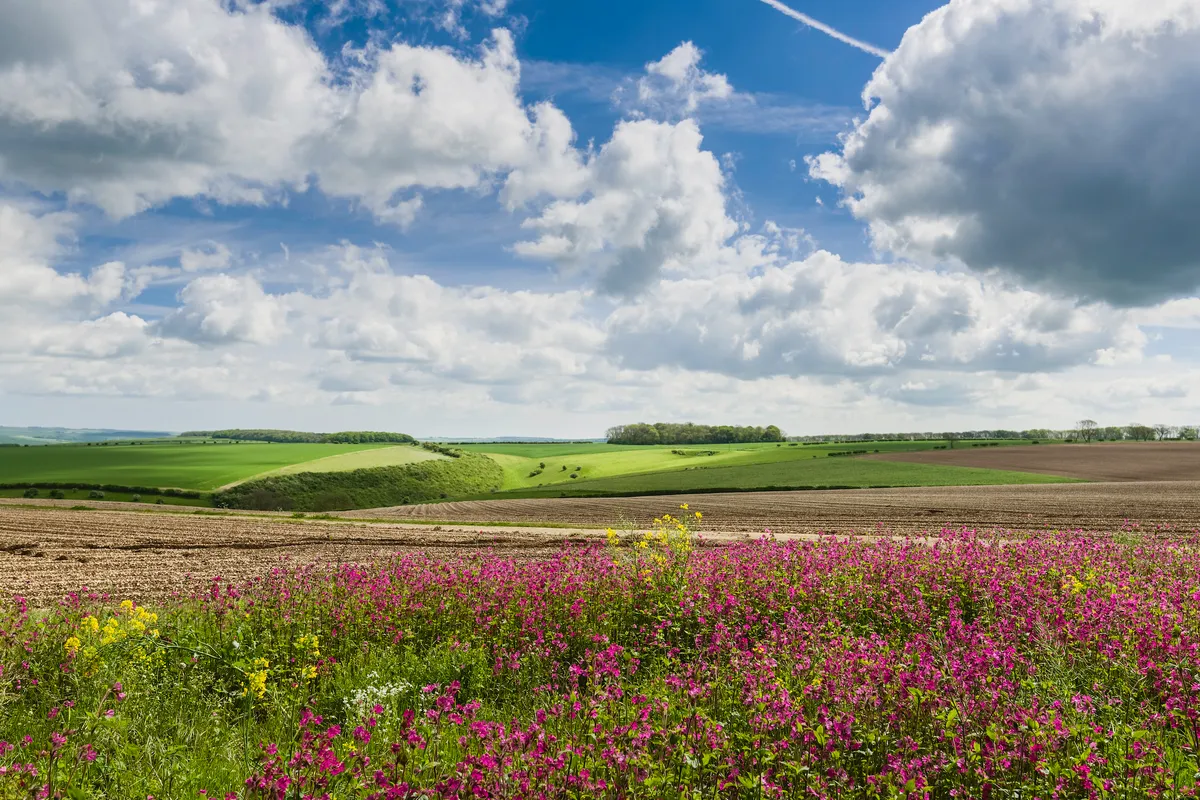
Where is Flamborough Head?
It is a promontory of eight miles on the Yorkshire coast and Britain’s only northern chalk sea cliff. It is the most easterly headland in Yorkshire, and a great spot to see migrating birds.
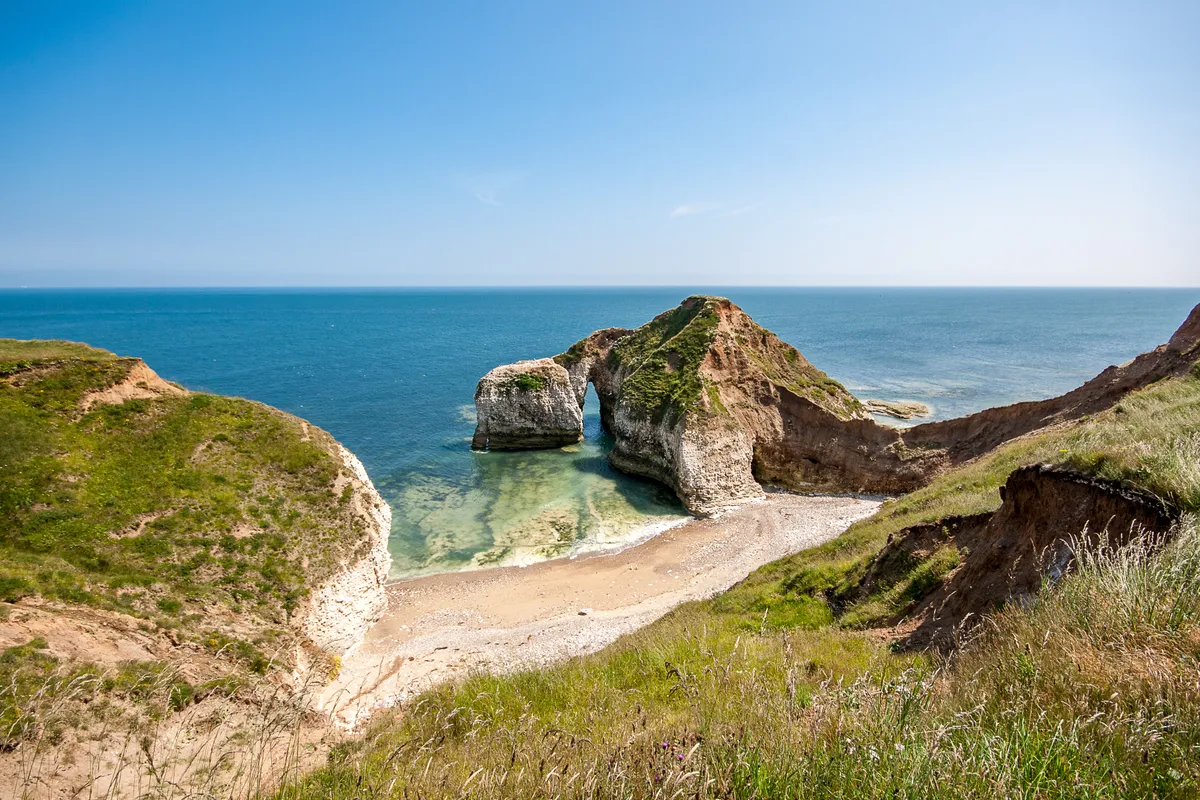
Flamborough Head wildlife sightings
Flamborough Head is home to one of the most important seabird colonies in the whole of Europe and in summer, tens of thousands of birds come here to breed, filling the skies with an epic sight and sound.
This is one of those rare locations on the English mainland where you can get close encounters with nesting puffins, along with guillemots, razorbills, gannets, herring gulls, and those fantastic aeronauts, the fulmars.
The other star turn bird to be found here is the kittiwake, and its characteristic call will help with identification. It’s incredible that these sea birds manage to breed on the impossibly narrow ledges of these sheer chalk cliffs.
If you’d like to see puffins, the RPSB reserve at Bempton Cliffs on the north of the headland is the place to head for.
In autumn, the birding focus switches to migration, when all four of the piratical skua family can be seen around the coast, as well as more common seabirds, grebes, wildfowl and divers. There’s even the possibility of seeing the short-eared owl in the cliff top fields. The wooded areas around the steep sided valley of Holmes Gut attract migrating thrushes, finches and warblers.
This bird activity is made all the more dramatic as Flamborough is recognised as one of the most treacherous stretches of water in the British Isles – and the birds are often almost engulfed by the mighty North Sea as it crashes into the chalk cliffs.
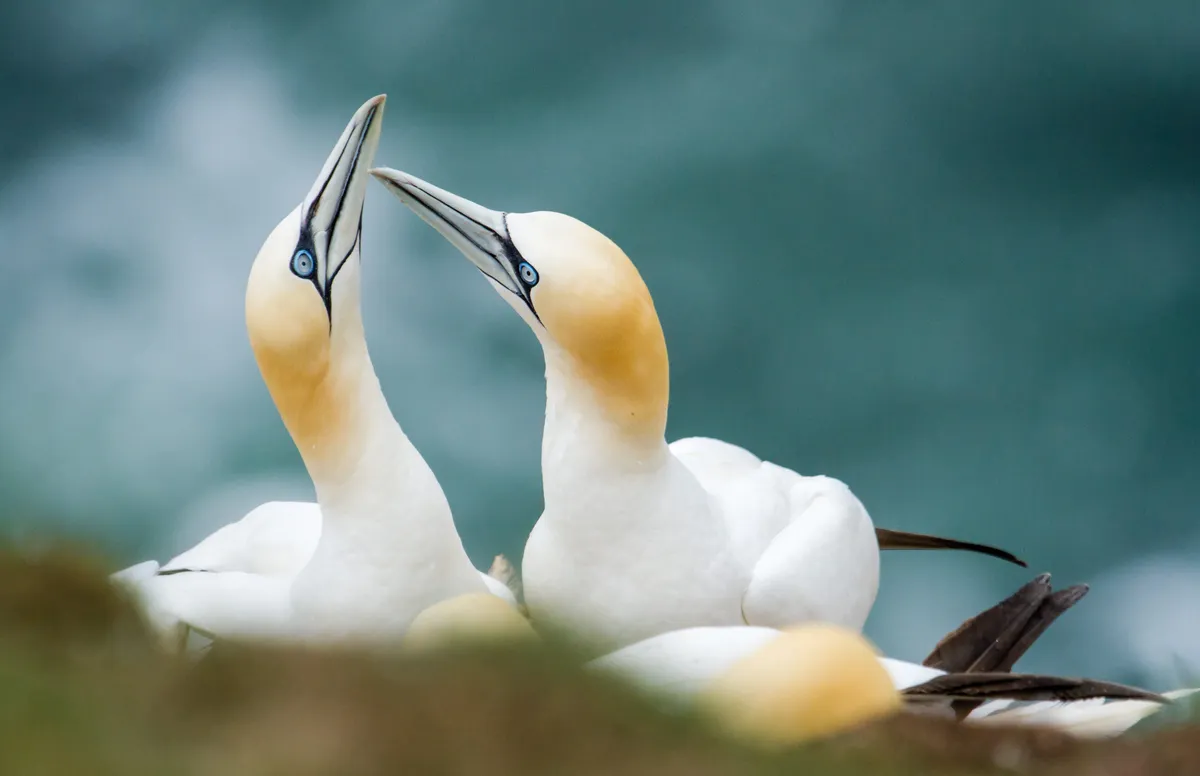
A sunny spring day is best to enjoy both the birds and the emerging wildflowers on the clifftop path, from the bright pink red campion to the egg yolk and white of oxeye daisies.
The wildflowers in turn attract many species of butterflies and uncommon moths.
The beach at North Landing has some of the best rockpooling around, with crabs, starfish and marine molluscs to be discovered by young explorers. In fact, the area is a European Marine Site (EMS), because the seas around the headland are crystal clear, with distinctive reef and cave habitats, and rich in marine life.
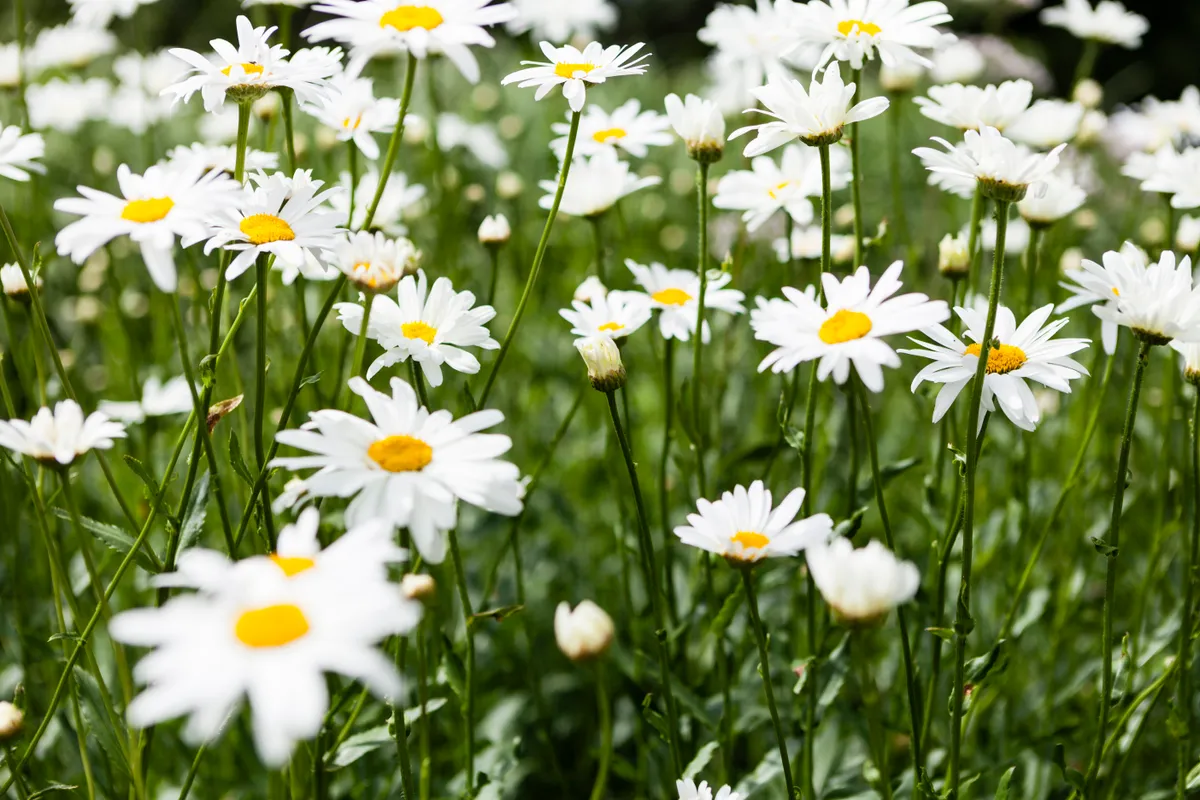
Flamborough has three distinct habitat areas each with its own character and resident birdlife. On the 100-foot-high sheer cliffs, seabirds nest precariously.
In the grassland fields inland, nesting skylarks and meadow pipits can be seen in large numbers, thanks to improvements to the habitat. Among the gorse scrub in the Holmes section of the cliffs, you may see yellowhammers.
Flamborough Head walks
As soon as you start to explore this bracing and exposed chalk headland you can see that it’s special.
North Landing makes a good base for exploration and the coastal path heading east to Flamborough Head will provide you with some heady cliff top views of this spectacular coastline and with some close-up views of its sea bird colonies.
If you head west along the coastal path from North Landing you will reach the RSPB Bempton Cliffs Nature Reserve. Along your way you will inevitably enjoy the spectacle of gannets diving like arrows into the sea below you as yet more gannets head to and from their nesting sites on the cliff tops at Bempton.
Bempton is nationally important as a gannet nesting site and a spring visit will be rewarded with close up views of courting and squabbling gannets.
While the two reserves are locally famous for their nesting seabirds, this can be a great place in winter to spot short-eared owls and throughout the year as dusk falls, barn owls can regularly be seen hunting the field margins that fringe the cliffs.
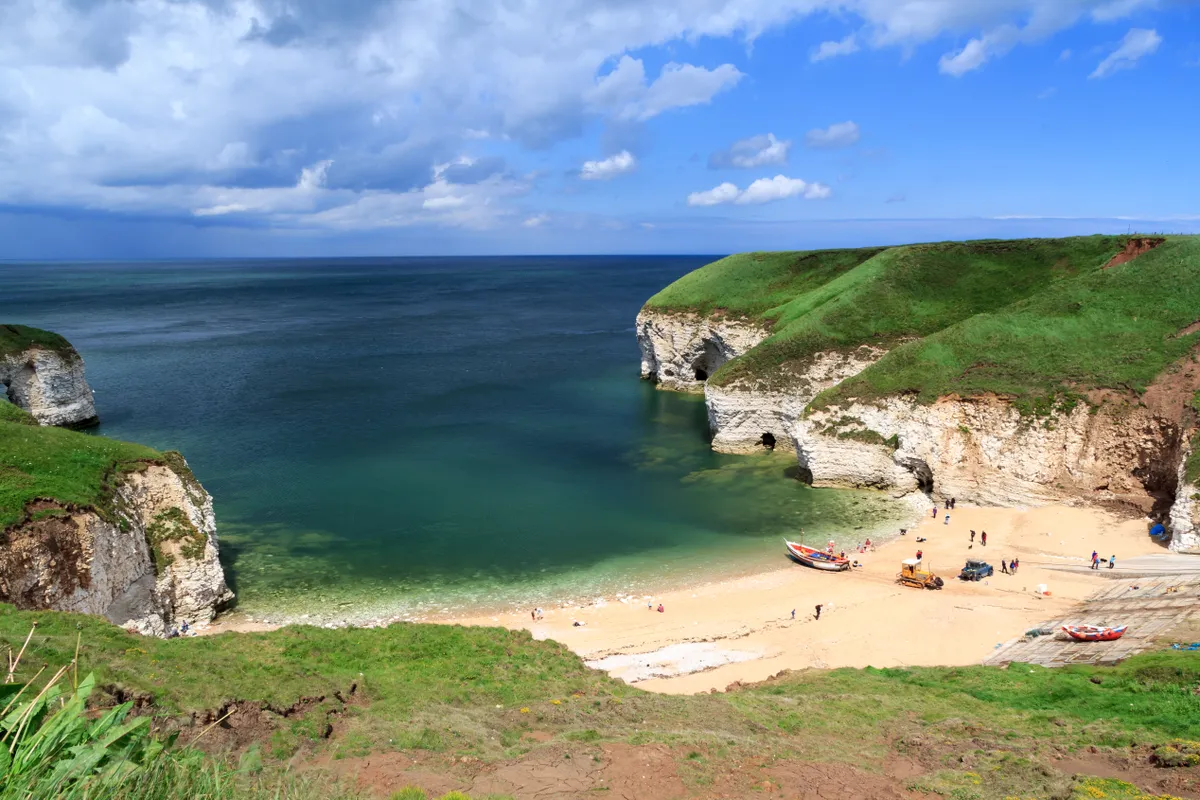
Boat trips
For an altogether different point of view, book one of the RSPB’s sea cruises on the 1940s built Yorkshire Belle.
These cruises sail regularly in spring from Bridlington Harbour and offer an excellent way to observe the seabirds floating in rafts on the ocean surface or flying over your heads from the feeding grounds to their nest sites.
The cruises also give you the opportunity to marvel at the amazing geology of the chalk cliffs with visible clues to some of the geological upheaval that has taken place in this area.
A different way to get close to Flamborough Head’s birdlife is to book a place on an RPSB-organised Gannet and Puffin Cruise (advance booking essential: 01262 850959). These three-hour round trips run from Bridlington Harbour and have commentators from the RSPB’s East Yorkshire Local Group.

Flamborough Head Lighthouse
Over the years, close to 200 vessels have met untimely ends on this coastline. Ships weren’t completely safe along these shores until 1806, when the present lighthouse was built by a local Bridlington builder to the design of architect Samuel Wyatt. It was first lit on 1 December 1806, and the current light warns shipping 24 miles out to sea of the dangerous lands nearby.
There are guided tours of the lighthouse on certain dates. While exploring it on a clear day, you’ll get spectacular views of Bridlington, Filey and far out into the North Sea.
Flamborough Lighthouse, Flamborough, YO15 1AR, 01262 673769.
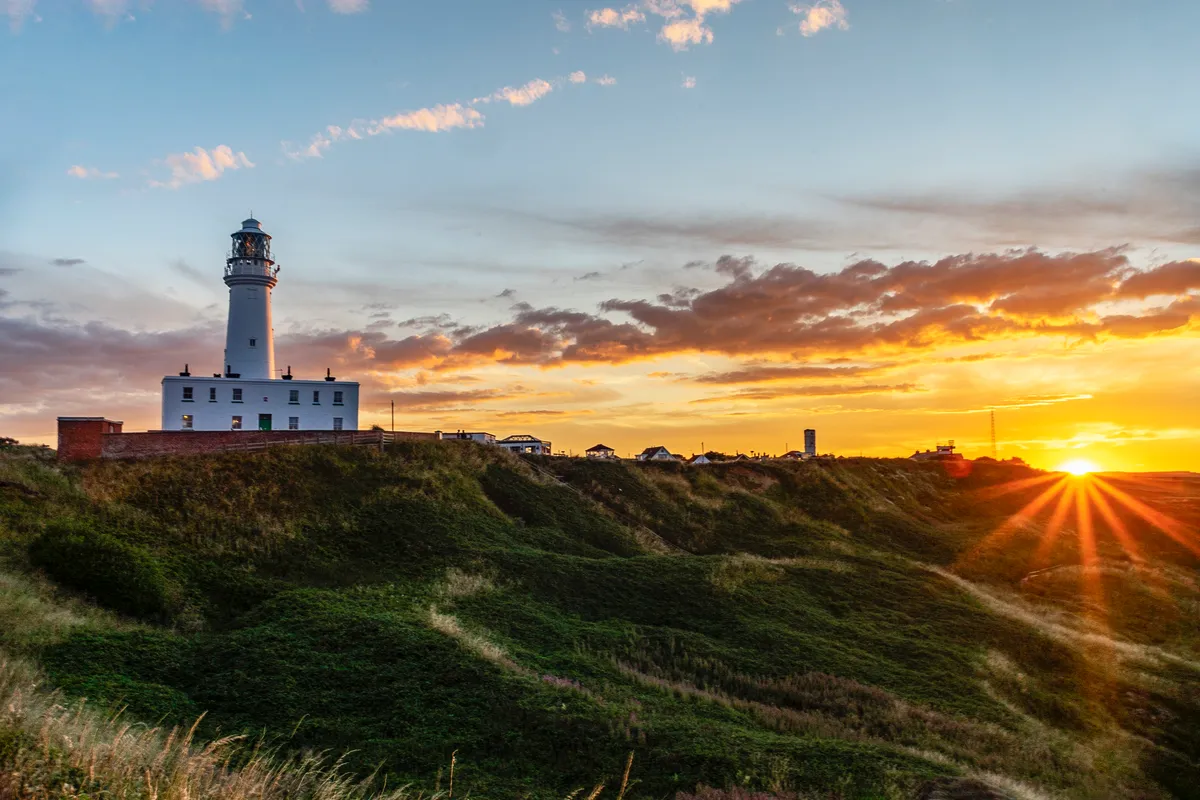
How to get to Flamborough Head
Flamborough is four miles northeast of Bridlington along the B1255 then the B1259, which leads to Flamborough Head pay-and-display car park. The 510 bus from Bridlington stops at Flamborough village, a 1.2 mile walk to the Head. More direct services run in the summer months.
Flamborough village
Flamborough village has a range of places to eat, one of the best being The Seabirds Inn, which has an open fire. Tower Street, Flamborough, North Yorkshire YO15 1PD, 01262 850242.
Flamborough Head map
